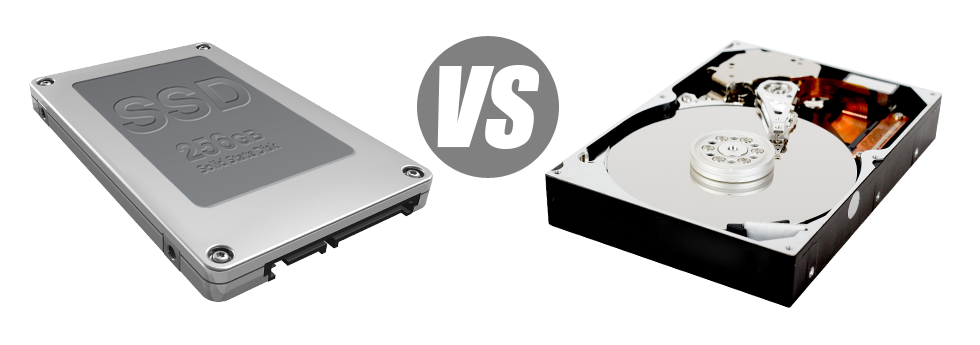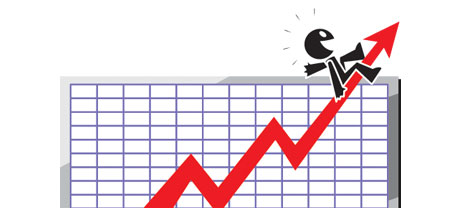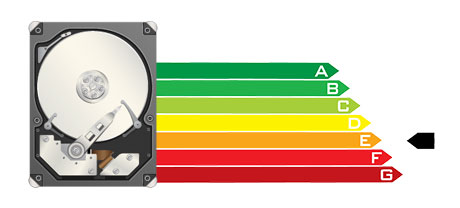At present, virtually all brand new laptops or computers have SSD drives as an alternative to HDD drives. You will see superlatives on them all around the professional press – that they’re a lot faster and perform better and they are the future of home computer and laptop computer production.
Even so, how do SSDs perform within the hosting world? Are they dependable enough to replace the established HDDs? At Angeljump, we’ll assist you better comprehend the dissimilarities among an SSD as well as an HDD and judge which one most closely fits you needs.
1. Access Time
After the launch of SSD drives, data accessibility rates have gone tremendous. Due to the brand–new electronic interfaces used in SSD drives, the standard data file access time has been reduced to a record low of 0.1millisecond.
HDD drives continue to utilize the very same fundamental file access technique which was actually developed in the 1950s. Although it has been noticeably enhanced since that time, it’s sluggish compared with what SSDs will offer. HDD drives’ file access rate ranges between 5 and 8 milliseconds.
2. Random I/O Performance
Due to the same radical approach that enables for a lot faster access times, it is possible to get pleasure from improved I/O efficiency with SSD drives. They can conduct double the operations during a specific time in comparison to an HDD drive.
An SSD can deal with at the least 6000 IO’s per second.
Hard drives deliver reduced file access speeds as a result of older file storage space and access technology they are by making use of. And they also exhibit considerably reduced random I/O performance when compared to SSD drives.
In the course of Angeljump’s trials, HDD drives handled around 400 IO operations per second.
3. Reliability
SSD drives do not have just about any rotating components, meaning there is a lot less machinery inside them. And the less literally moving elements you will find, the fewer the chances of failure will be.
The standard rate of failing of an SSD drive is 0.5%.
As we have already observed, HDD drives rely upon spinning hard disks. And something that utilizes lots of moving components for prolonged time periods is at risk from failure.
HDD drives’ normal rate of failure can vary somewhere between 2% and 5%.
4. Energy Conservation
SSD drives are far smaller compared to HDD drives and also they lack any kind of moving elements at all. Consequently they don’t produce as much heat and need considerably less electricity to function and less energy for cooling reasons.
SSDs consume between 2 and 5 watts.
From the time they were created, HDDs have been extremely electricity–hungry products. When you’ve got a web server with different HDD drives, this can boost the monthly electricity bill.
On average, HDDs use up between 6 and 15 watts.
5. CPU Power
SSD drives support better file access rates, which, in return, enable the processor to finish data requests considerably quicker and then to return to other responsibilities.
The average I/O wait for SSD drives is only 1%.
In comparison to SSDs, HDDs permit not so quick data file access speeds. The CPU will have to await the HDD to come back the demanded data, saving its assets in the meanwhile.
The typical I/O wait for HDD drives is approximately 7%.
6.Input/Output Request Times
In the real world, SSDs function as admirably as they did for the duration of the lab tests. We competed an entire platform back–up using one of our production machines. During the backup process, the regular service time for any I/O demands was in fact under 20 ms.
Compared to SSD drives, HDDs feature much sluggish service rates for input/output queries. Throughout a web server backup, the regular service time for any I/O query varies between 400 and 500 ms.
7. Backup Rates
You’ll be able to experience the real–world advantages of using SSD drives on a daily basis. By way of example, on a web server with SSD drives, a complete back–up will take simply 6 hours.
On the other hand, on a web server with HDD drives, an identical back up normally requires 3 to 4 times as long to complete. A complete backup of an HDD–driven hosting server often takes 20 to 24 hours.
To be able to right away boost the effectiveness of one’s sites and never have to alter any code, an SSD–driven web hosting solution will be a really good solution. Take a look at our Linux hosting packages – our solutions include fast SSD drives and are offered at competitive prices.
Hepsia
- Live Demo
Service guarantees
- Register now. You won’t see any setup charges you’ll also find full root/administrator access to your server. 99.9% network availability is guaranteed.
Compare our prices
- Check out our pricing and choose the right Virtual Private Server for your dynamic websites. You’re able to move up to a more advanced VPS configuration with a click of the mouse.
- Compare our hosting plans
Contact Us
- Get in touch with us day and night by email or by making use of the extra–fast ticketing system. Our technicians are prepared to respond to any requests within just 60 mins.














